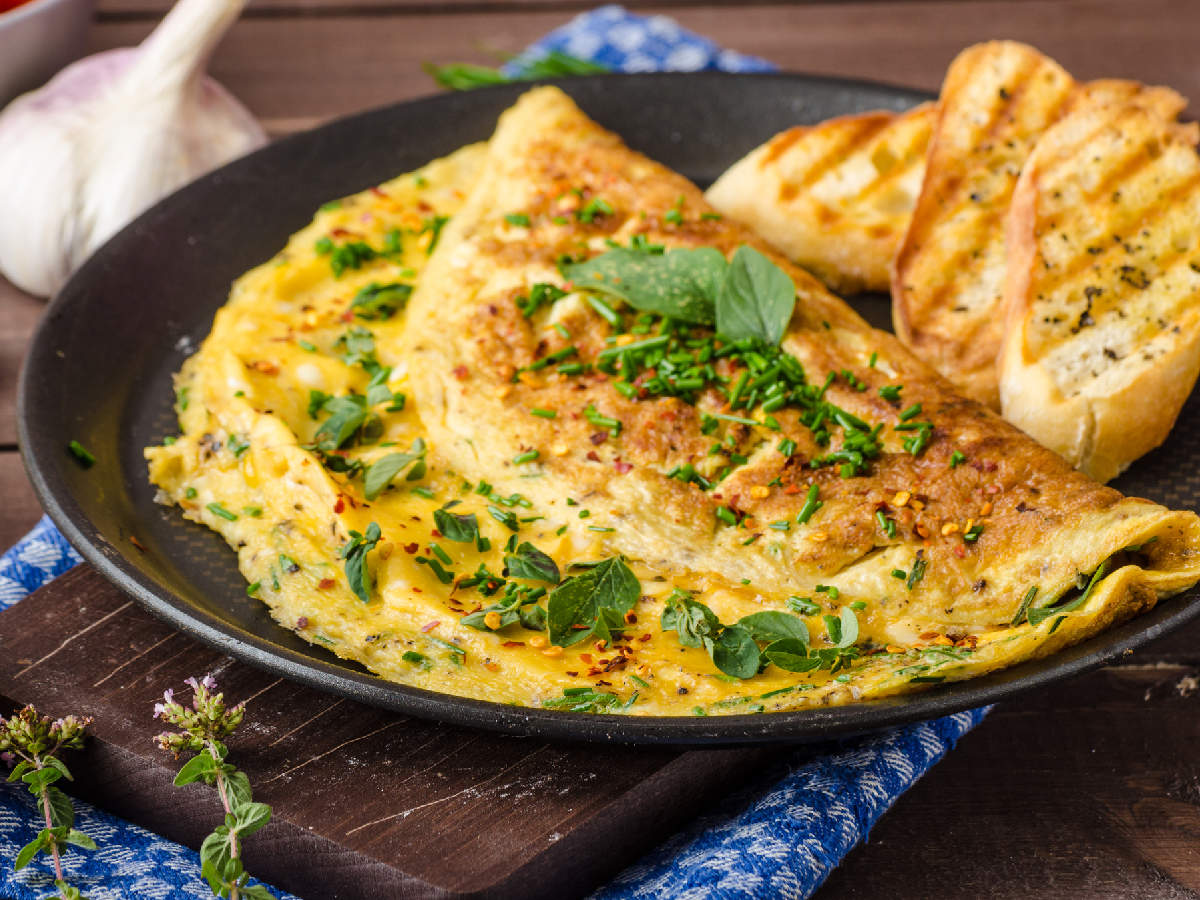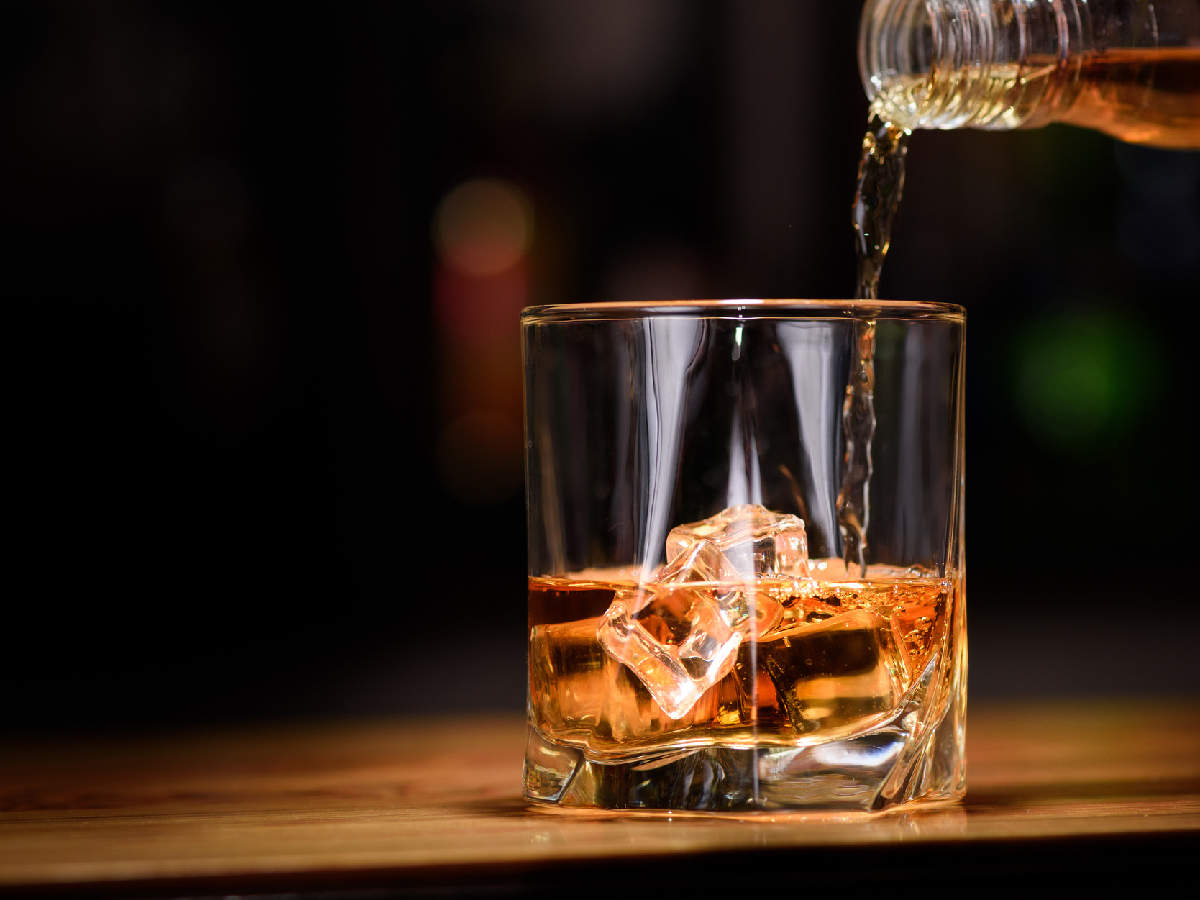
Gurgaon: Kartar Singh Baghel doesn’t need the news to know an American president is visiting India. Journalists seeking out village seniors for their account of the day in January 1978 when ‘Carterpuri’ was born usually get directed to him.
And Singh never disappoints. His memory, at the age of 80, may not be photographic. But he has enough photographs of Jimmy Carter’s visit to help with the reminiscence. As India-US relations have become better and better, a sudden surge in interest in Baghel’s house has been like a five-year ritual since 2000 when Bill Clinton came to India, followed by George W Bush (2006), Barack Obama (2010 and 2015) and now Donald Trump.
“Village elders know here. Every time there is interest in Carterpuri, be assured that a US president is visiting India,” Baghel says. Jimmy Carter and the First Lady visited Carterpuri in January 1978 because of a connection — Carter’s mother had served in the village as a nurse of the Red Cross society. The words flow quick and easy from Baghel’s mouth, like a twice told tale.
The village in Gurgaon’s Palam Vihar, 40km from Delhi and now in the middle of a metropolis, has not, however, transformed like its surroundings. Ringed by Gurgaon’s modern urban sectors, Carterpuri is an island where big real estate and the bandwagon that comes with it hasn’t washed up.
Its journey from 1978 has been slow. A signboard on a bumpy road divides Sector 23A and Carterpuri.
The narrow labyrinth leads to a panchayat room where people have gathered for years to listen to the radio every time a US President has visited India.
With a day to go for Donald Trump’s India visit, young residents of Carterpuri couldn’t care less. But it’s people like Baghel, and a few others of his times, who take this as an excuse to travel back 40 years down the line.
These old-timers lament that little remains of Carterpuri’s sudden fame apart from a few dusty pictures of Jimmy and Rosalynn Carter dressed in local attire.
The village was then called Daulatpur Naseerabad.
“Young people hardly show any interest in listening to our stories. The government, too, has not done anything substantial to preserve the history of this village. At least a statue of President Carter could have been built, leave alone colleges and hospitals,” says Malkan Singh Yadav, the current panchayat pradhan.
Yadav, then a school-going teenager, recollects the days that led to the birth of Carterpuri. “The high-profile tour, termed homecoming, was marked by a special convoy of government vehicles, policemen in horseback, special intelligence agencies doing security checks a week in advance and almost every villager willing to feed the president local delicacies.”
Baghel, then the local postmaster who was responsible for all correspondence with the US embassy, digs out an old file. There are laminated photographs, newspaper cutouts and letters written by Carter himself, thanking villagers for the “warmth” shown to him.
“It was nothing short of a weeklong festival. The pre-visit discussions, euphoria surrounding the visit, and the sweet remembrance of days lingered on for weeks. People started following every news item on Carterpuri as we got ready to welcome him. He was a man of grace and politeness. His wife was equally warm and mingled freely with the villagers,” he says.
So, how did the villagers prepare for the visit? “Sarpanches had groomed their moustaches and women had gathered on rooftops to have a glimpse of Jimmy Carter. Village elders who knew his mother told him about her dedication towards her work as a nurse,” Baghel adds.
An episode that villagers fondly remember was when the Carters wore local attire. “They looked like a newly married couple. We even garlanded them,” says a villager.
Balbir Singh Yadav, a former sarpanch, recalls that Carter’s mother lived in one of the havelis in the village. “She was here only till Partition and served as a nurse. She was pregnant and left for Bombay during the riots. When Carter became President and visited us, we couldn’t control our emotions,” Yadav says.
After Carter’s 1978 visit, the fanfare and euphoria stayed on for a year at least.
The villagers celebrated a first anniversary of the visit and even invited the US ambassador. But things faded after that. Carterpuri hoped subsequent presidents would visit the village, but that was not to be.
But Carterpuri will not fade away, even if there are long periods of anonymity in between. “When an American president visits the next time, we’ll be back in the news,” Baghel laughs.
And Singh never disappoints. His memory, at the age of 80, may not be photographic. But he has enough photographs of Jimmy Carter’s visit to help with the reminiscence. As India-US relations have become better and better, a sudden surge in interest in Baghel’s house has been like a five-year ritual since 2000 when Bill Clinton came to India, followed by George W Bush (2006), Barack Obama (2010 and 2015) and now Donald Trump.
“Village elders know here. Every time there is interest in Carterpuri, be assured that a US president is visiting India,” Baghel says. Jimmy Carter and the First Lady visited Carterpuri in January 1978 because of a connection — Carter’s mother had served in the village as a nurse of the Red Cross society. The words flow quick and easy from Baghel’s mouth, like a twice told tale.
The village in Gurgaon’s Palam Vihar, 40km from Delhi and now in the middle of a metropolis, has not, however, transformed like its surroundings. Ringed by Gurgaon’s modern urban sectors, Carterpuri is an island where big real estate and the bandwagon that comes with it hasn’t washed up.
Its journey from 1978 has been slow. A signboard on a bumpy road divides Sector 23A and Carterpuri.
The narrow labyrinth leads to a panchayat room where people have gathered for years to listen to the radio every time a US President has visited India.
With a day to go for Donald Trump’s India visit, young residents of Carterpuri couldn’t care less. But it’s people like Baghel, and a few others of his times, who take this as an excuse to travel back 40 years down the line.
These old-timers lament that little remains of Carterpuri’s sudden fame apart from a few dusty pictures of Jimmy and Rosalynn Carter dressed in local attire.
The village was then called Daulatpur Naseerabad.
“Young people hardly show any interest in listening to our stories. The government, too, has not done anything substantial to preserve the history of this village. At least a statue of President Carter could have been built, leave alone colleges and hospitals,” says Malkan Singh Yadav, the current panchayat pradhan.
Yadav, then a school-going teenager, recollects the days that led to the birth of Carterpuri. “The high-profile tour, termed homecoming, was marked by a special convoy of government vehicles, policemen in horseback, special intelligence agencies doing security checks a week in advance and almost every villager willing to feed the president local delicacies.”
Baghel, then the local postmaster who was responsible for all correspondence with the US embassy, digs out an old file. There are laminated photographs, newspaper cutouts and letters written by Carter himself, thanking villagers for the “warmth” shown to him.
“It was nothing short of a weeklong festival. The pre-visit discussions, euphoria surrounding the visit, and the sweet remembrance of days lingered on for weeks. People started following every news item on Carterpuri as we got ready to welcome him. He was a man of grace and politeness. His wife was equally warm and mingled freely with the villagers,” he says.
So, how did the villagers prepare for the visit? “Sarpanches had groomed their moustaches and women had gathered on rooftops to have a glimpse of Jimmy Carter. Village elders who knew his mother told him about her dedication towards her work as a nurse,” Baghel adds.
An episode that villagers fondly remember was when the Carters wore local attire. “They looked like a newly married couple. We even garlanded them,” says a villager.
Balbir Singh Yadav, a former sarpanch, recalls that Carter’s mother lived in one of the havelis in the village. “She was here only till Partition and served as a nurse. She was pregnant and left for Bombay during the riots. When Carter became President and visited us, we couldn’t control our emotions,” Yadav says.
After Carter’s 1978 visit, the fanfare and euphoria stayed on for a year at least.
The villagers celebrated a first anniversary of the visit and even invited the US ambassador. But things faded after that. Carterpuri hoped subsequent presidents would visit the village, but that was not to be.
But Carterpuri will not fade away, even if there are long periods of anonymity in between. “When an American president visits the next time, we’ll be back in the news,” Baghel laughs.
Trending Topics
LATEST VIDEOS
City
 Thane: Two youths suspected of mobile theft beaten up, stripped naked and made to walk
Thane: Two youths suspected of mobile theft beaten up, stripped naked and made to walk  UP: Bhubaneswar bound express train decouple twice, sending passengers into tizzy
UP: Bhubaneswar bound express train decouple twice, sending passengers into tizzy  Sexual misconduct: Another nun accuses Kerala's Bishop Franco Mulakkal
Sexual misconduct: Another nun accuses Kerala's Bishop Franco Mulakkal  UP govt plans to auction over 3000 tonnes of gold reserved in Sonbhadra mine
UP govt plans to auction over 3000 tonnes of gold reserved in Sonbhadra mine
More from TOI
Navbharat Times
Featured Today in Travel
Get the app



